
What Is a Class 1 Ebike? Guide To Electric Bikes
What is a Class 1 ebike? It's an electric bicycle equipped with a motor that only activates when you pedal and cuts off assistance once you reach 20 mph. These bikes are pedal-assist only with no throttle, meaning you must always be actively pedaling to receive power.
Class 1 ebikes are among the least restricted category, allowed on most bike paths and lanes that welcome conventional bicycles.
Anyone 16 or older can ride one without needing a driver's license, making them accessible for commuters, recreational riders, and fitness enthusiasts alike.
Read on to discover why Class 1 ebikes might be the perfect balance of assistance and exercise for your lifestyle!
What Is a Class 1 eBike?

The motor provides a helpful boost as you pedal, making hills and longer distances more manageable without completely eliminating the exercise benefit. Most Class 1 e-bikes offer multiple assistance levels that let you balance power output with battery conservation based on your needs.
Legal Status and Accessibility
Thanks to their pedal-assist-only design and speed limitations, Class 1 e-bikes enjoy widespread legal acceptance. They're typically permitted wherever conventional bicycles are allowed, including most bike paths, lanes, and trails.
This accessibility makes Class 1 e-bikes the most versatile category for riders seeking both exercise and assistance. However, regulations can vary by location, so it's worth verifying local rules before riding in a new area.
Benefits and Legal Status of Class 1 eBikes
Class 1 eBikes offer unique advantages that make them popular among riders. These bikes give you both exercise benefits and legal access to many areas where other eBikes can't go.
Class 1 eBikes can go where other electric bikes often can't. You can ride them on most bike paths and many mountain bike trails that ban other motorized vehicles. Many state parks and national forests allow Class 1 eBikes on dirt trails where Class 2 and 3 models are not welcome.
These bikes fit into a special category that many trail systems recognize as similar to regular bikes. In fact, more than 30 states have laws that specifically permit Class 1 eBikes on paths meant for regular bicycles.
When mountain biking, having a Class 1 eBike means fewer worries about whether you're allowed on the trail. Always check local rules before riding, though, as some areas still have restrictions.
Extended Range and Natural Cycling Experience
With a Class 1 eBike, you still get exercise while the motor helps you. The pedal-assist only works when you're actually pedaling, so you're always part of the effort. You can ride farther than on a regular bike, and hills that once seemed too steep become manageable.
A 20-mile commute might now feel like a 10-mile ride, making bike commuting practical for more people. The natural cycling motion stays the same – you're still pedaling, but each push of your legs becomes more powerful. Many riders find this feels more like "real biking" than using a throttle.
Your battery lasts longer too since the motor only runs when you pedal and stops helping at 20 mph.
Regulatory Advantages
Class 1 eBikes don't need registration in most places. You also don't need a driver's license to ride one, unlike some faster eBike classes. There are no age restrictions in many areas, making them great for younger riders who want to keep up with adults.
The 20 mph speed limit is seen as safer by lawmakers, leading to fewer rules. You can usually ride in bike lanes anywhere regular bikes are allowed, making daily commutes easier and safer.
Many cities view Class 1 eBikes as bicycle-equivalent when it comes to parking rules and building access, allowing you to bring them into places where other motorized vehicles aren't welcome.
Class 1 eBikes are among the least regulated categories due to their design and limitations, offering maximum flexibility for riders.
Class 1 eBike Technology and Components
Class 1 eBikes blend traditional bicycle design with electric assistance that activates only when you pedal, creating an enhanced riding experience while maintaining cycling's familiar feel.
Motors, Batteries, and Control Systems
Class 1 eBikes feature either hub motors in the wheel or mid-drive motors near the pedals—the latter offering better balance and more natural power delivery. The motor activates only during pedaling, providing assistance up to 20 mph.
Higher-end models use torque sensors that respond to pedaling force, while more affordable options use simpler cadence sensors that detect pedaling motion.
Lithium-ion batteries typically range from 250-500 watt-hours, delivering 20-50 miles of range depending on terrain, rider weight, assistance level, and weather.
A handlebar display shows essential information like speed, battery level, and assistance mode, letting you tailor your ride to conditions and preferences.
Performance Capabilities
With assistance up to 20 mph, Class 1 eBikes excel at both commuting and recreational riding. Multiple assistance levels let you balance power and battery life—use lower levels to extend range or higher settings to conquer challenging hills and terrain.
The 250-500 watt motors provide ample power for most riding conditions while the pedal-assist nature ensures you still get exercise. You'll likely ride farther and more often than on a traditional bike, enjoying performance that handles everything from paved roads to moderate trails with ease.
Modern designs increasingly integrate technology seamlessly, making many Class 1 eBikes nearly indistinguishable from traditional bicycles.
Maintenance Requirements
Maintaining a Class 1 eBike combines traditional bicycle care with some electric-specific considerations. Regular tire pressure checks are essential for optimal range and performance.
For maximum battery life, store it at 40-80% charge when not in use and avoid extreme temperatures. Keep electrical connections clean and dry, update firmware when available, and schedule annual motor inspections.
While motors need minimal maintenance, the drivetrain requires more frequent cleaning due to increased torque. Brake pads also need more frequent replacement because of the added weight and speed.
With proper care, expect 500-1000 charge cycles from your battery (typically 3-5 years of regular riding), while other electrical components generally last much longer—giving you years of enjoyable, assisted cycling.
Curious about other electric options? Discover if rugged off-road scooters can handle urban environments in our guide: Can Off-Road Electric Scooters Be Used in the City?
Selecting the Right Class 1 eBike

Finding your perfect Class 1 eBike means matching the bike to your riding style and needs. A well-chosen eBike will enhance your cycling experience, making rides more enjoyable while opening up new possibilities.
Key Considerations for First-Time Buyers
Think carefully about where you'll ride most frequently:
- Trail riding: Choose an electric mountain bike (e-MTB) with stronger frame and enhanced suspension
- City commuting: Select a road-oriented eBike for efficiency and comfort on paved surfaces
- Mixed terrain: Consider hybrid models that perform well across various conditions
Battery range is crucial to your experience. Most Class 1 eBikes deliver up to 20 miles per charge, but this varies based on your weight, terrain challenges, assistance level, and how much you pedal. For longer rides or hilly routes, prioritize models with larger battery capacity.
Test different frame styles before deciding:
- Step-through frames offer easier mounting/dismounting—valuable for riders with mobility limitations
- Traditional frames provide additional stability on rough surfaces and more attachment points
Motor placement significantly affects riding characteristics:
- Mid-drive motors (near pedals) provide natural balance, better weight distribution, and superior hill-climbing
- Hub motors (typically in rear wheel) generally cost less and require less maintenance
Remember to budget for essential accessories beyond the bike itself:
- Helmet and lights for safety
- Lock for security
- Fenders for wet conditions
- Racks or panniers for carrying capacity
- Comfortable saddle for longer rides
The right Class 1 eBike will become a versatile tool that transforms how you move through your world—whether conquering challenging trails, simplifying your daily commute, or extending your recreational riding horizons.
Conclusion
Class 1 eBikes blend traditional cycling with electric assistance, offering pedal-assist technology within a 20mph limit and wide legal access.
Perfect for commuters, fitness enthusiasts, and recreational riders, these bikes require reasonable maintenance while adapting to various terrains. They extend your range, conquer hills, and enhance your cycling experience while preserving the joy of pedaling.
Ready to experience this revolution yourself? Explore Isinwheel's exceptional collection of electric bikes and e-scooters at Isinwheel to transform your daily travels.
After learning about Class 1 eBikes, expand your knowledge with our guide: Is electric bike good for daily use?
Frequently Asked Questions
How do electric bikes differ from Class 1 to Class 3?
Class 1 e-bikes only give you power when you pedal. The motor stops helping once you hit 20 mph. This makes them great for beginners.
Class 2 e-bikes have a throttle. This means you can get power without pedaling at all. They still stop helping at 20 mph, just like Class 1.
Class 3 e-bikes are the speediest option. They can help you go up to 28 mph when pedaling. Many Class 3 models also have throttles, though rules about this differ by state. The main differences are how fast they go and whether you need to pedal to make them work.
What's the legal speed limit for Class 1 electric bikes?
Class 1 e-bikes have a top assisted speed of 20 mph. After you reach this speed, the motor stops helping you.
You can still go faster by pedaling harder on your own. The motor just won't give you any extra push beyond 20 mph. This speed limit is set by law in most states to keep riders safe.
Where can I find Class 1 electric bikes for sale?
You can buy Class 1 e-bikes at local bike shops. The staff there can help you test ride different models.
Prices range from about $1,000 for basic models to $5,000+ for premium bikes with better batteries and parts.
Are there any specific traffic laws for operating a Class 1 electric bike?
In most places, you can ride your Class 1 e-bike anywhere regular bikes are allowed. This includes bike lanes, paths, and roads.
You don't need a license, registration, or insurance in most states. But some cities have their own rules, so check local laws.
Helmets are often required for riders under 18, but it's smart for everyone to wear one. You should also follow all regular bike traffic laws like stopping at red lights and using hand signals when turning.
The Latest Posts
Explore isinwheel products
City E Scooter | Off-Road Scooter
Fastest Scooter | Kids Scooters
Electric Bike · What Is a Class 1 Ebike ·






























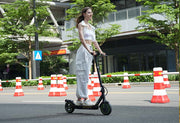

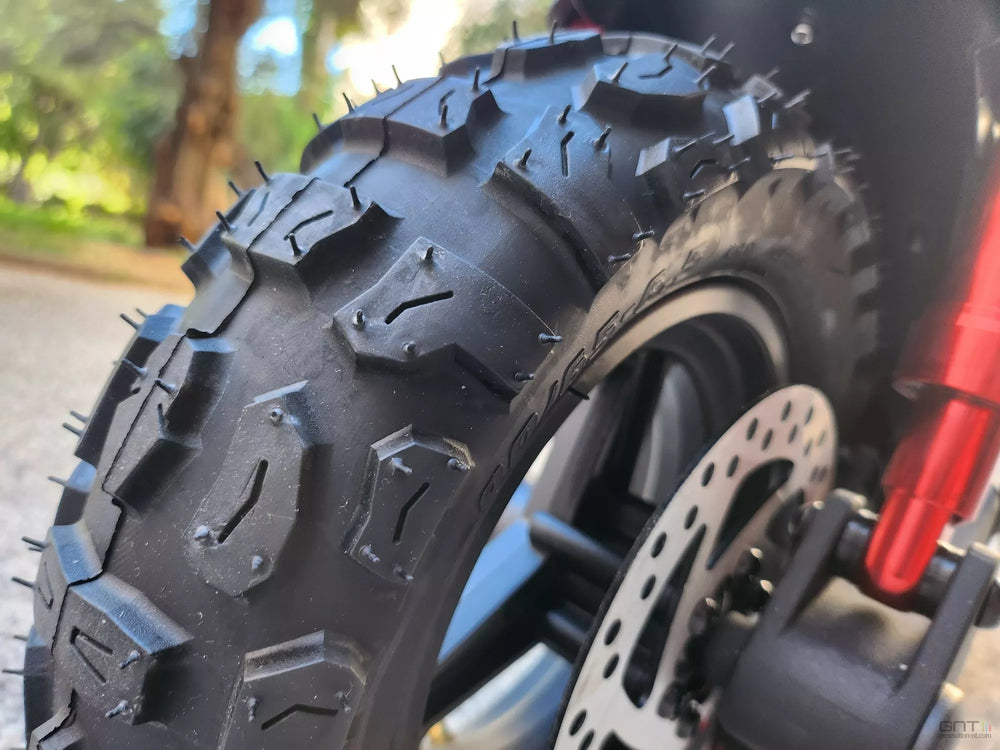
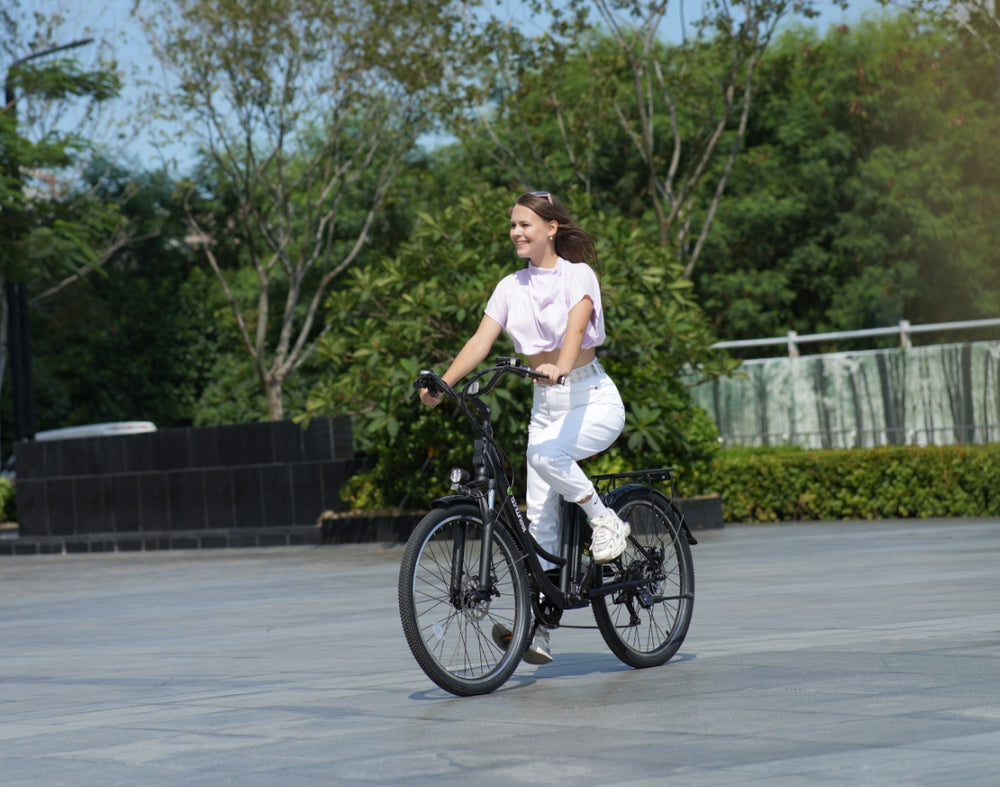

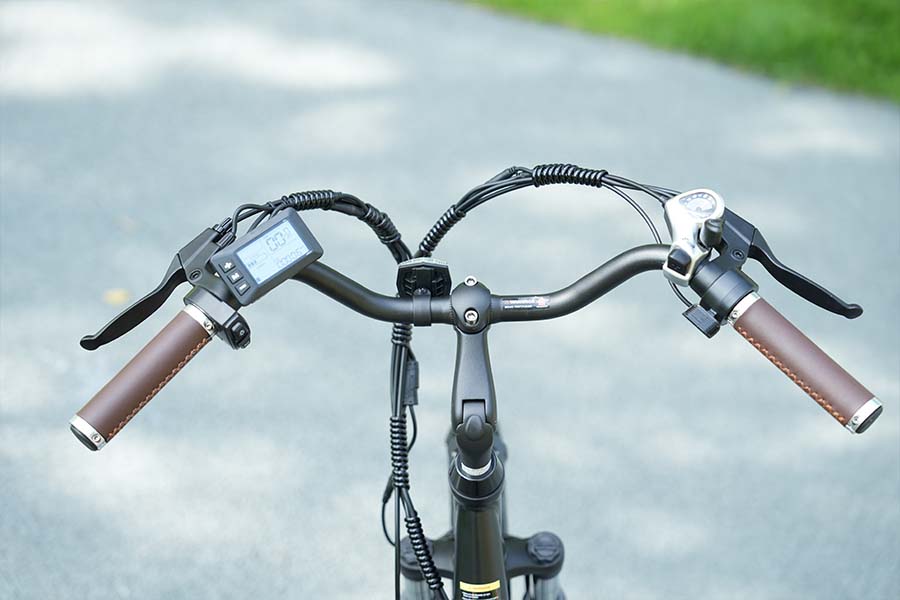
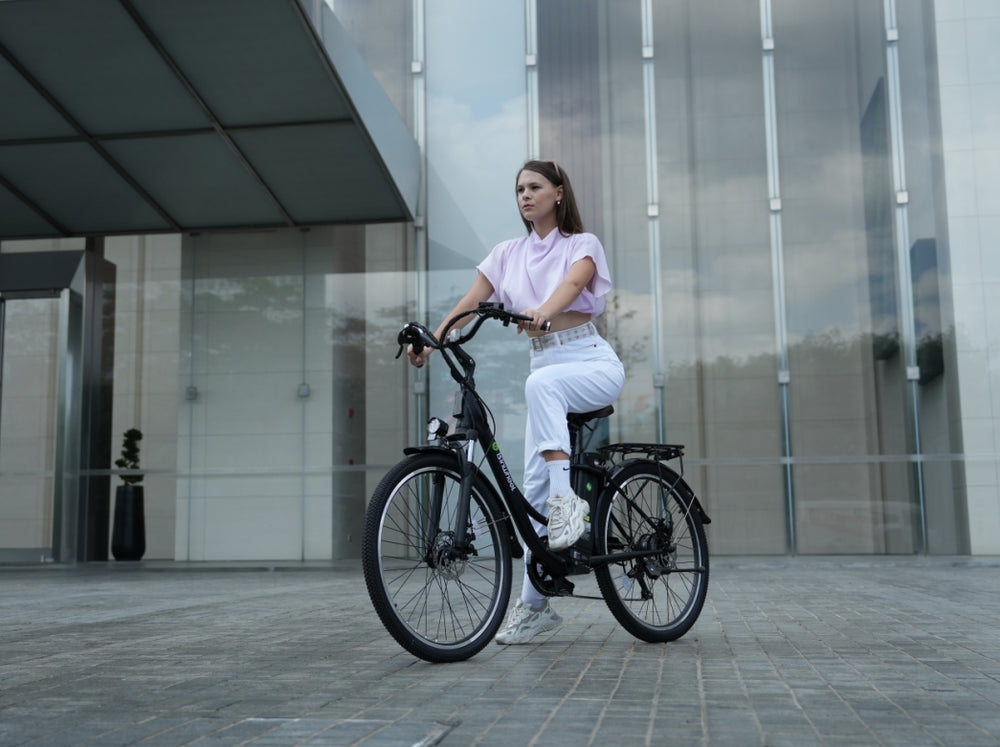
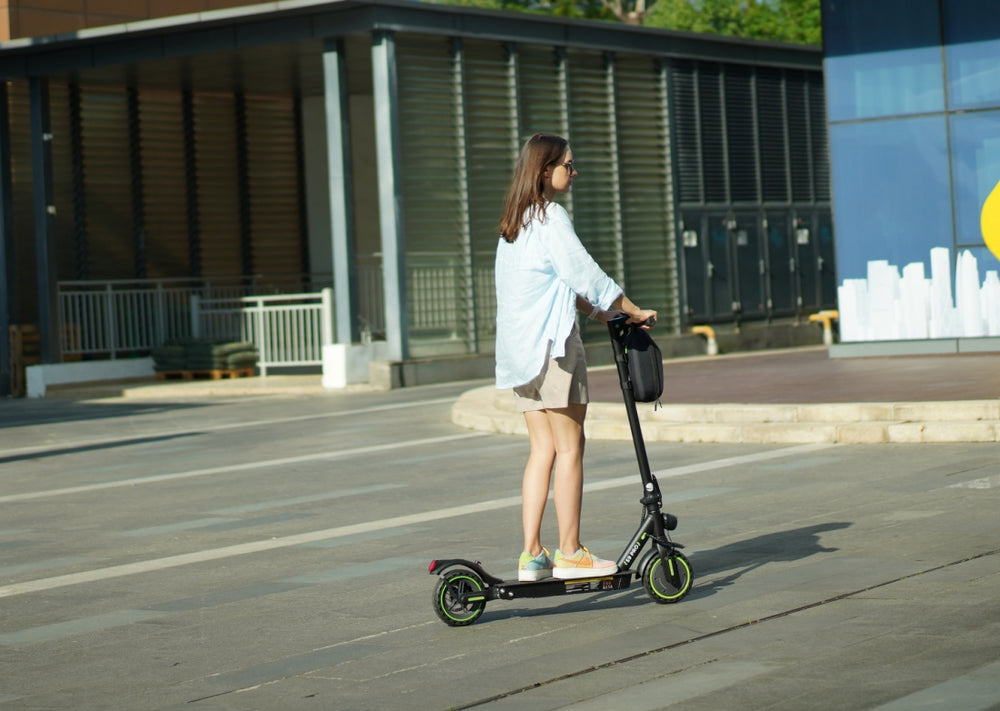
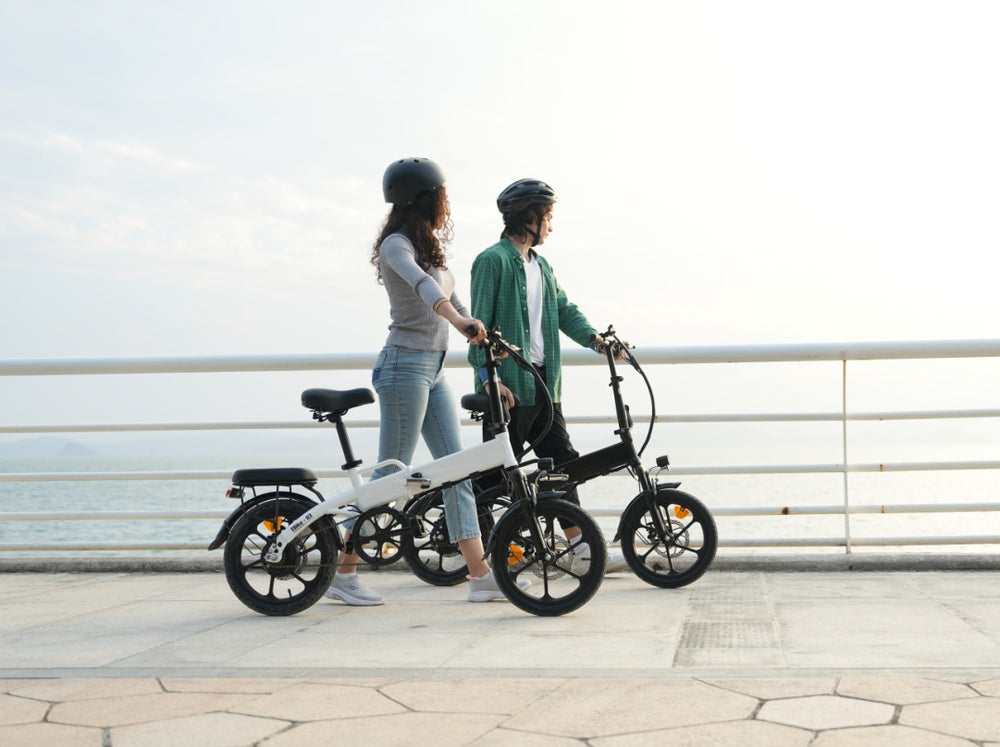
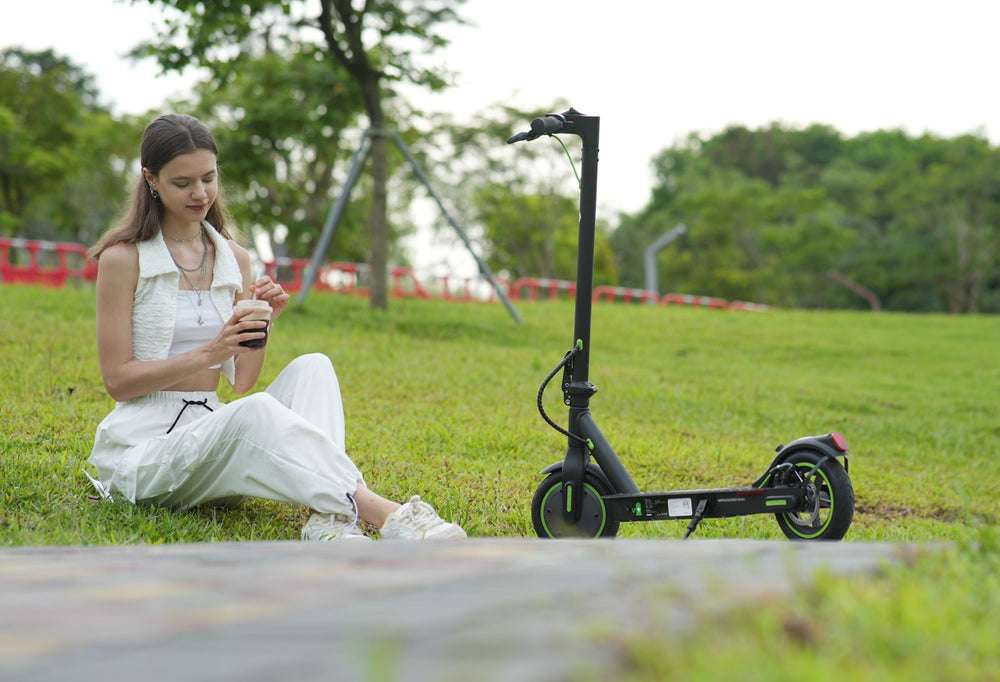
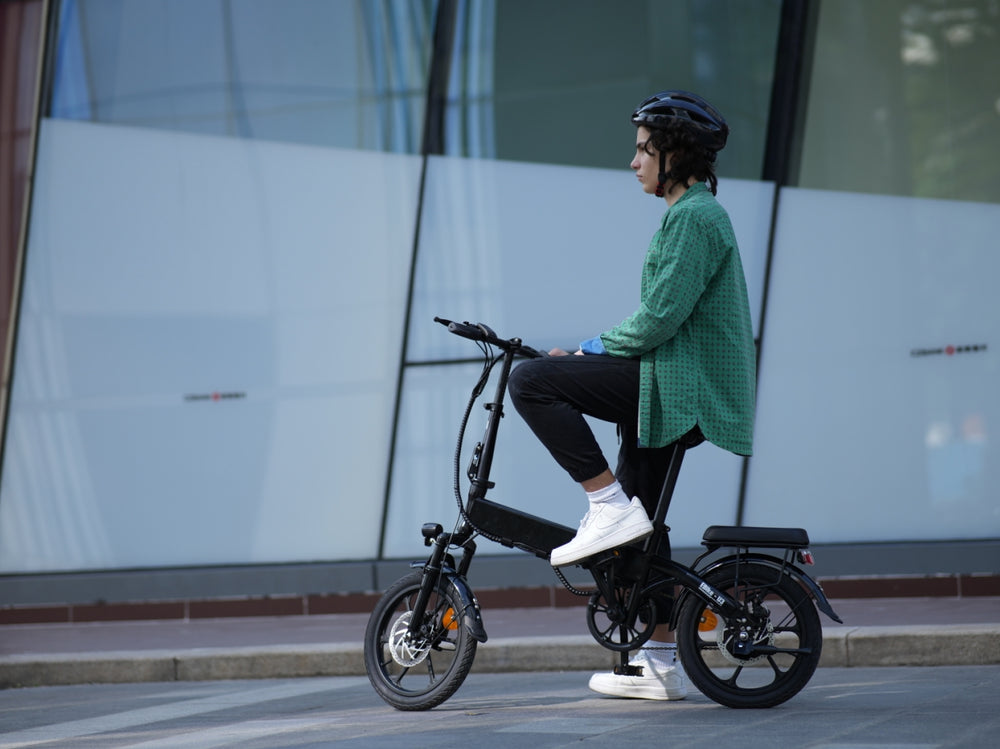

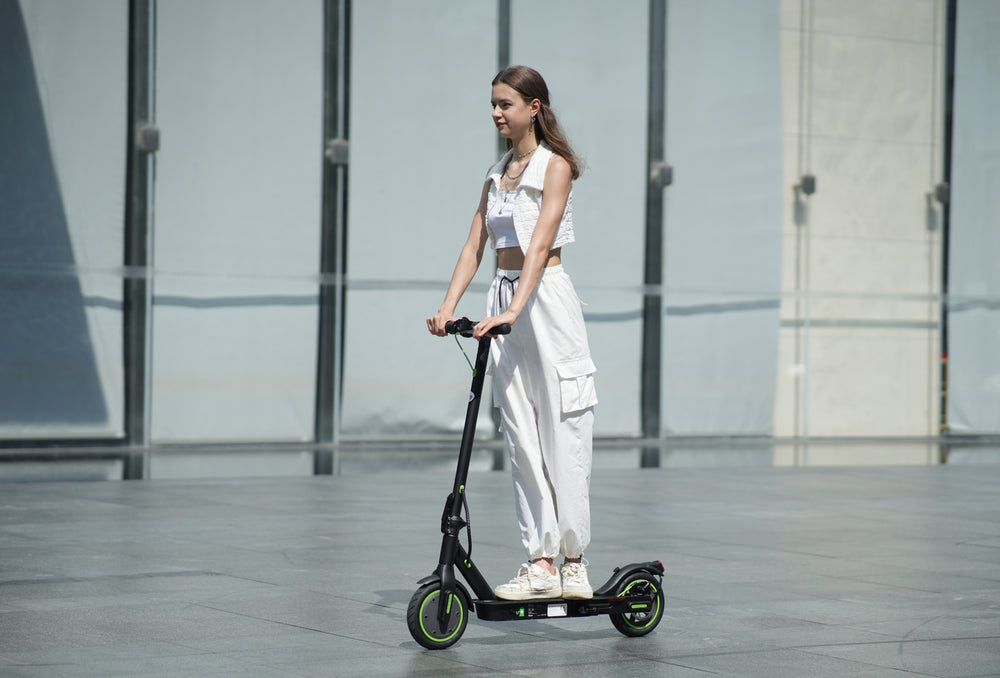
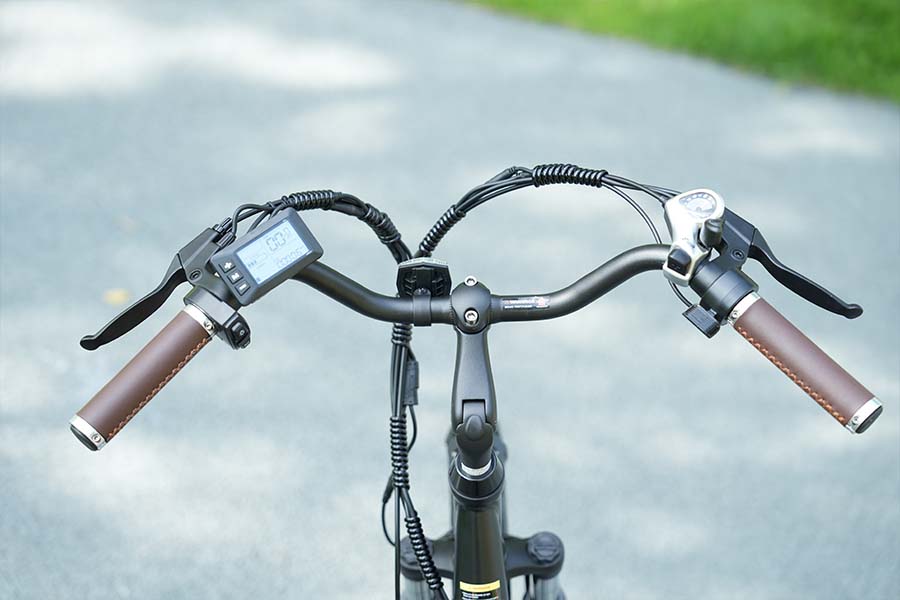
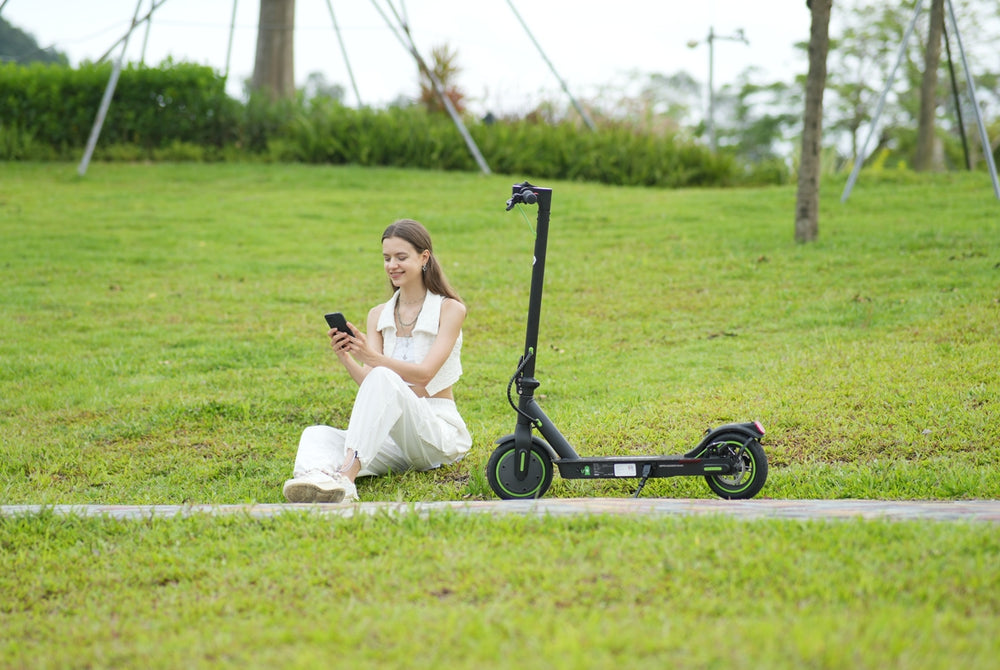
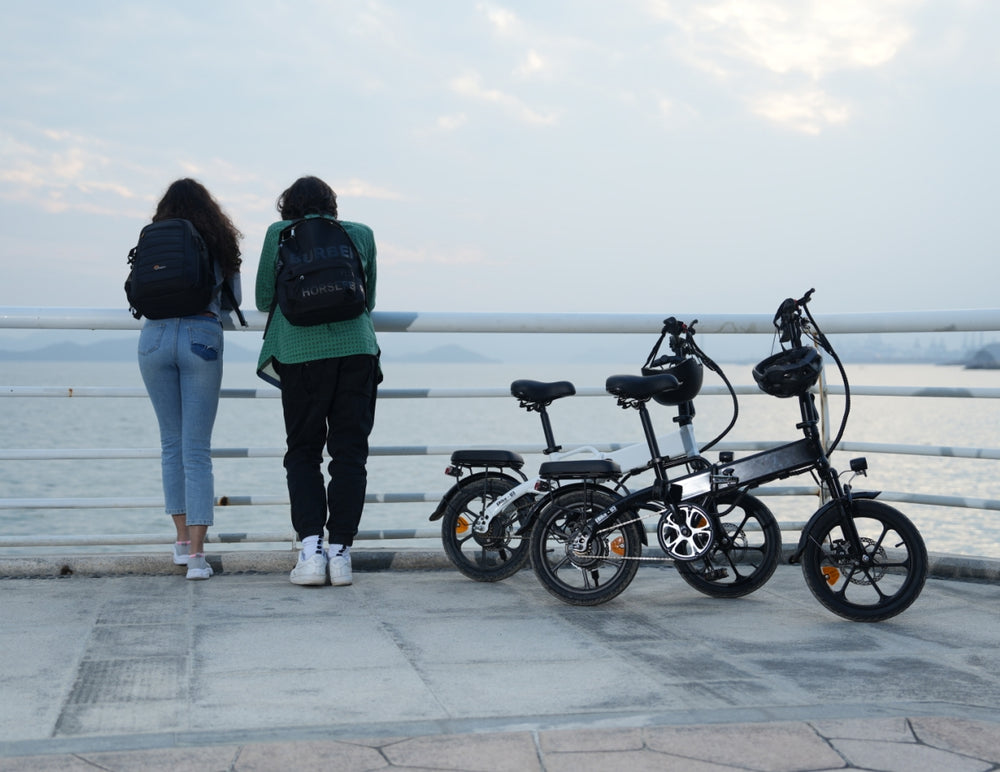
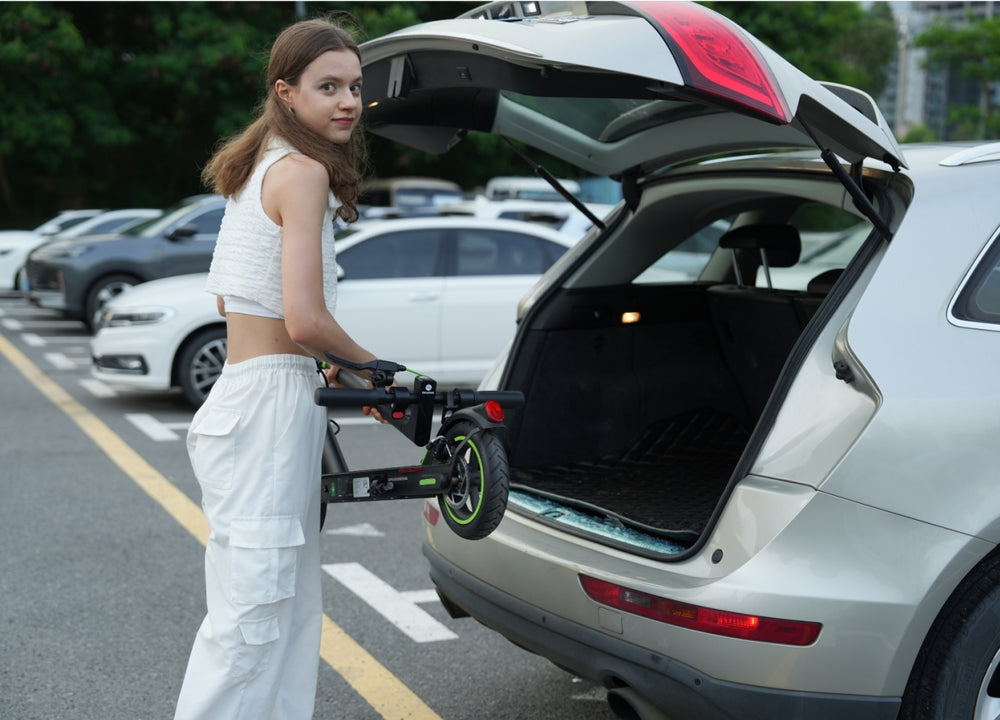
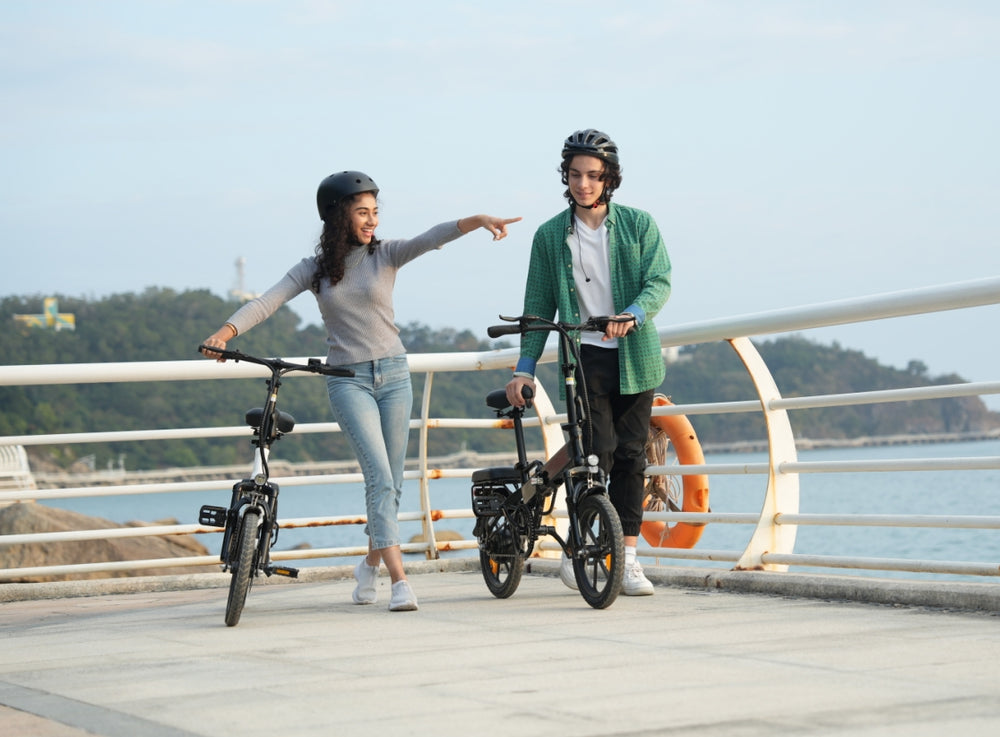
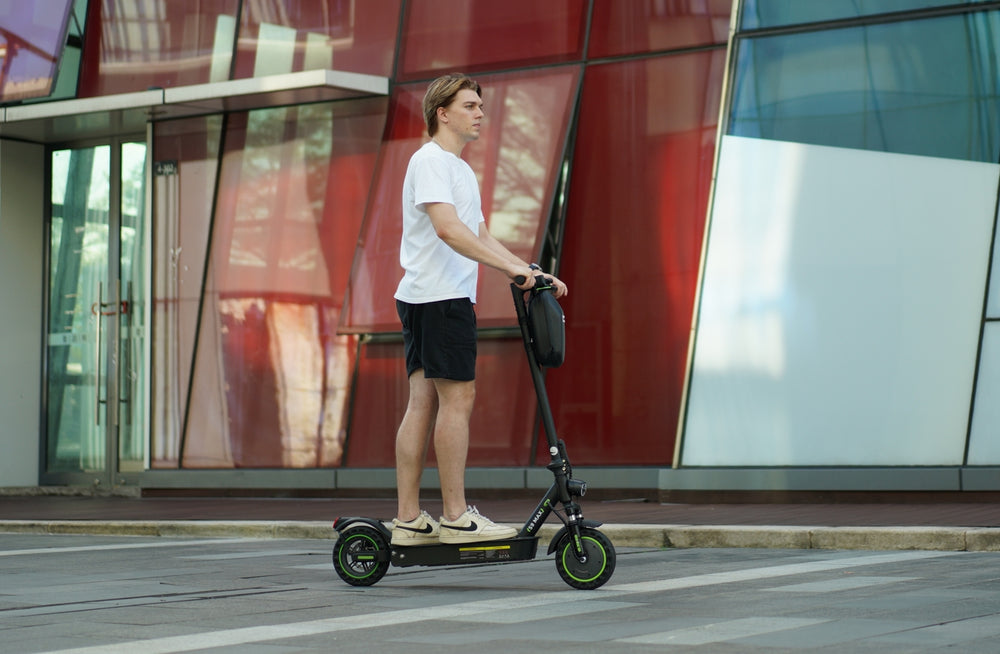
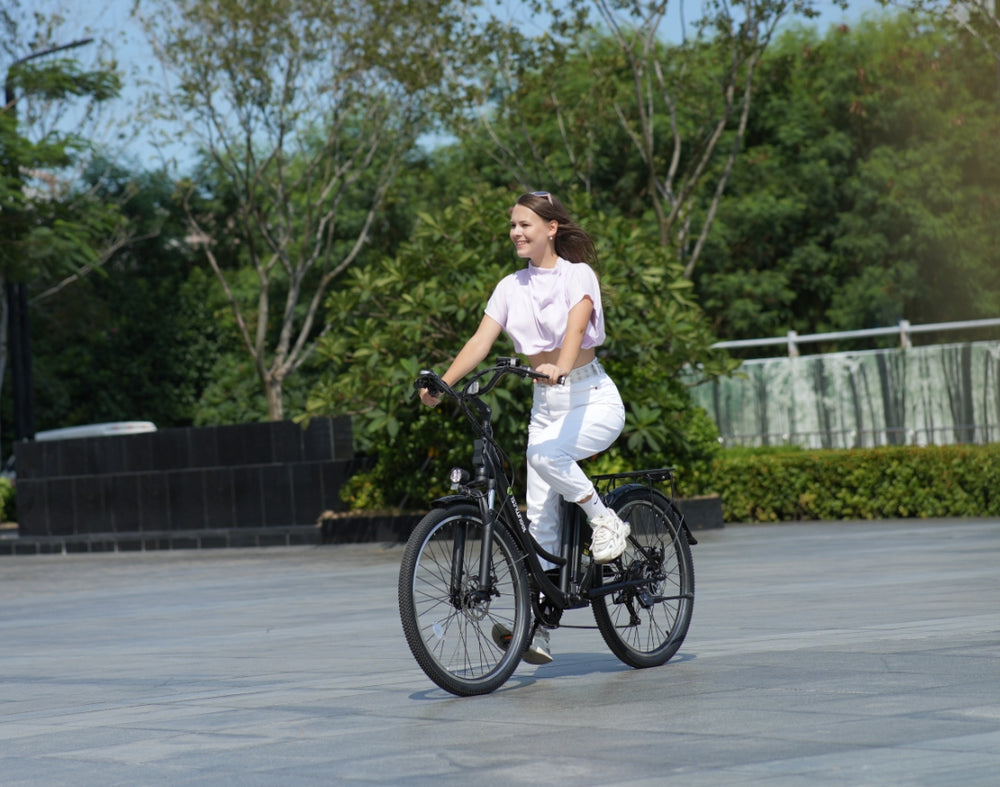
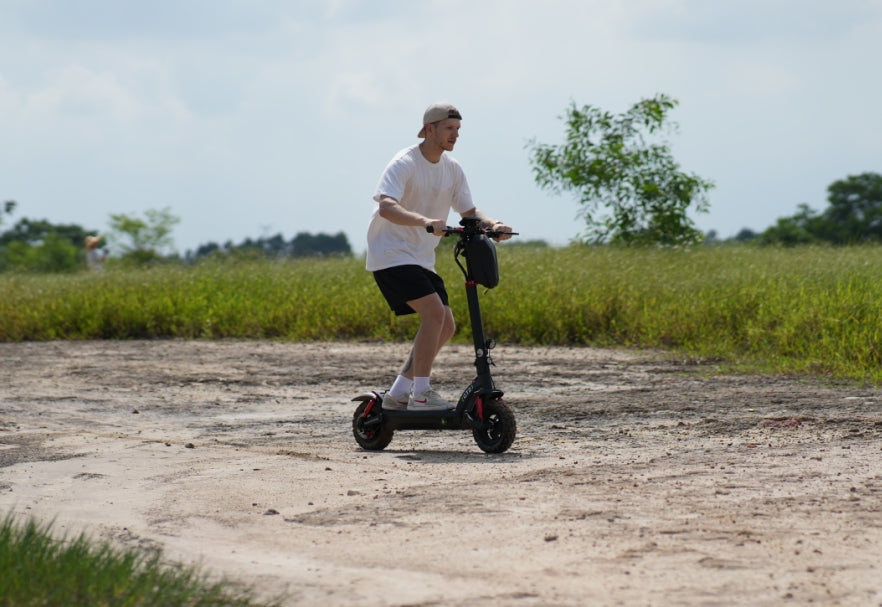
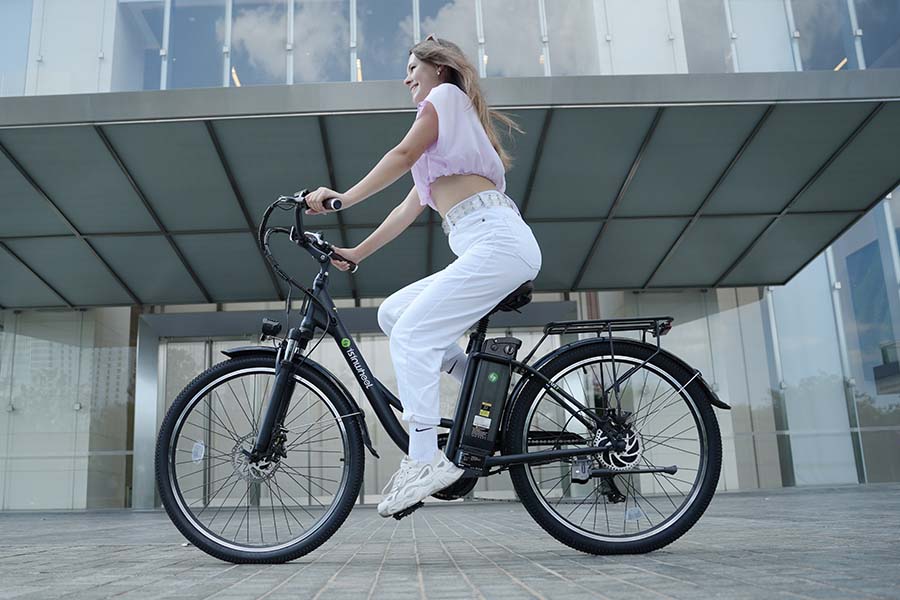
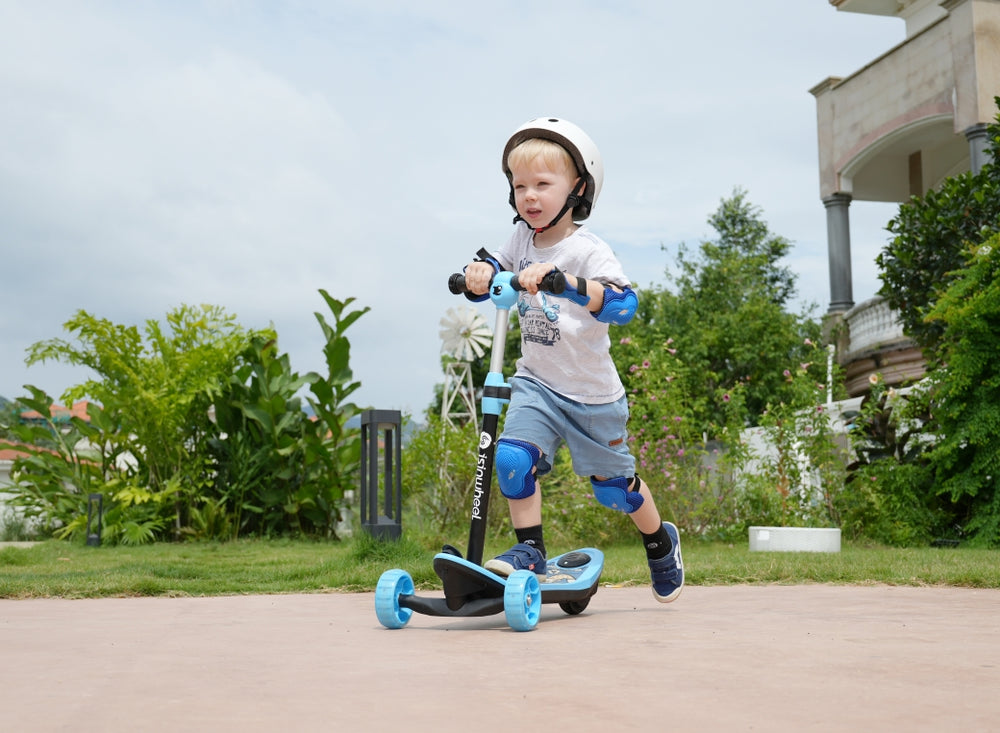

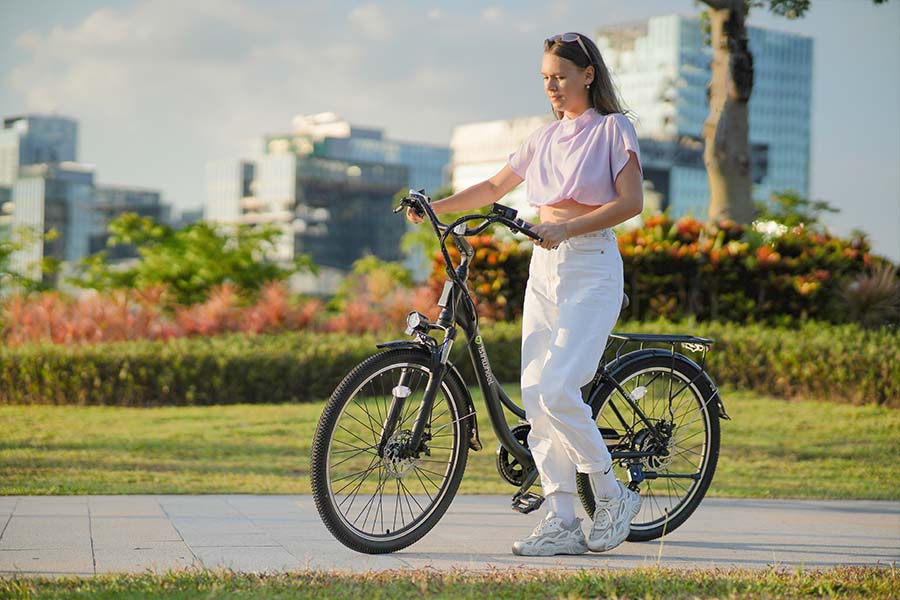
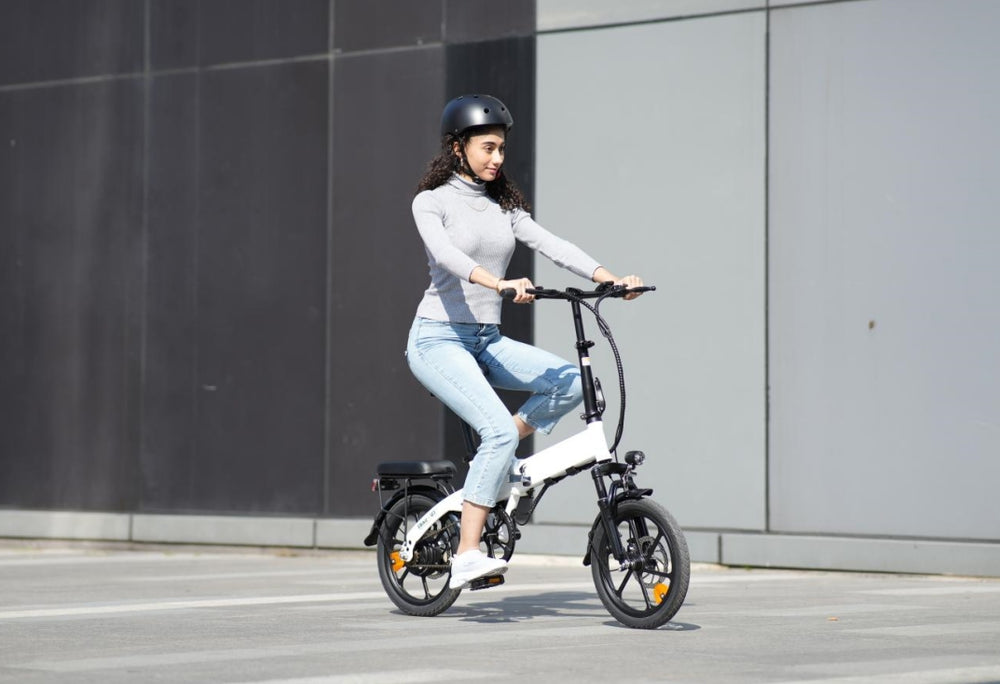
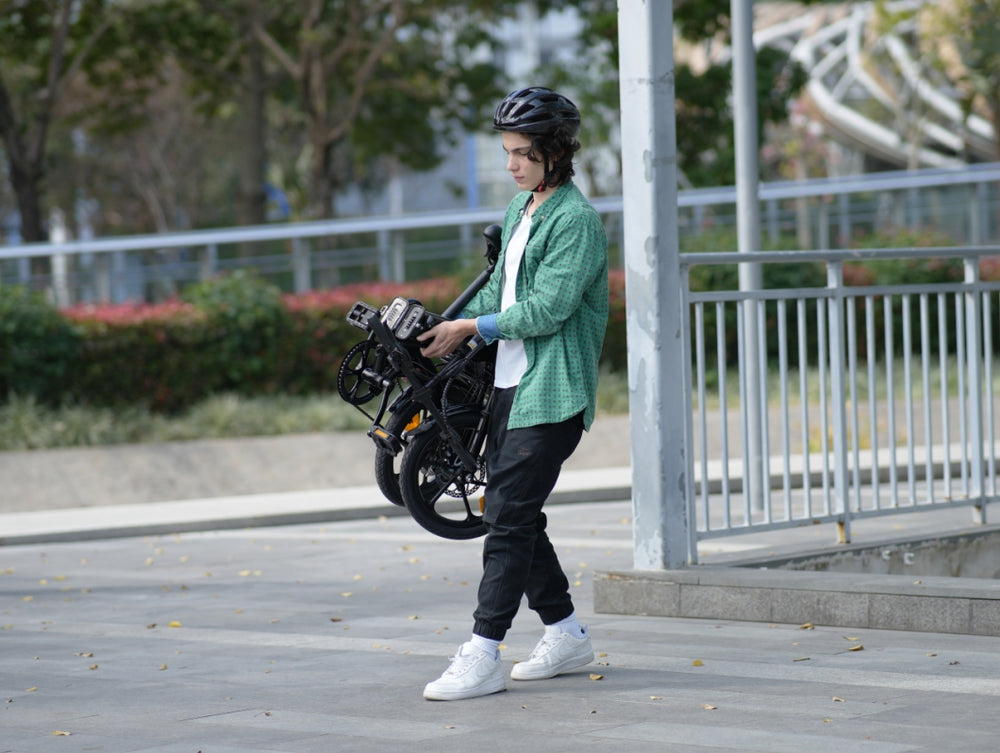
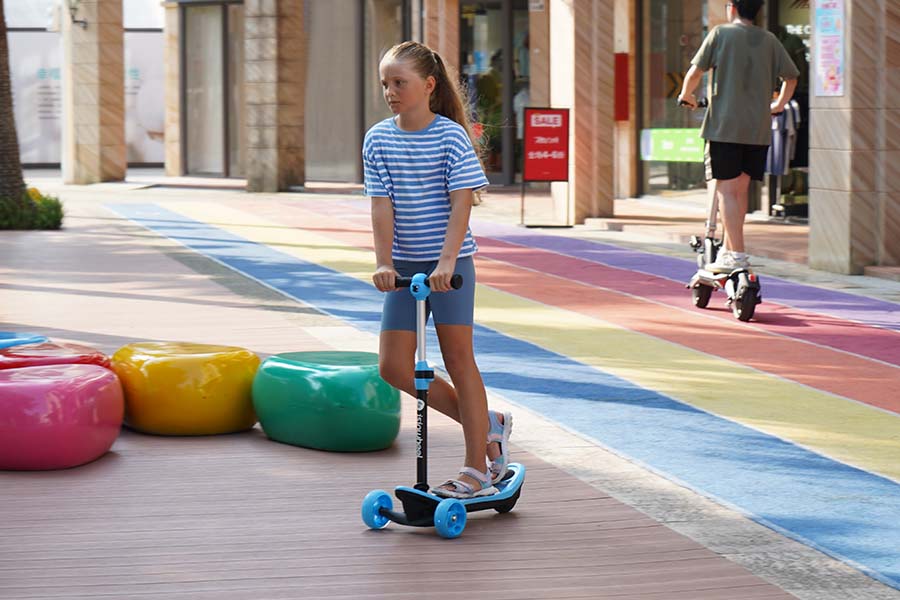

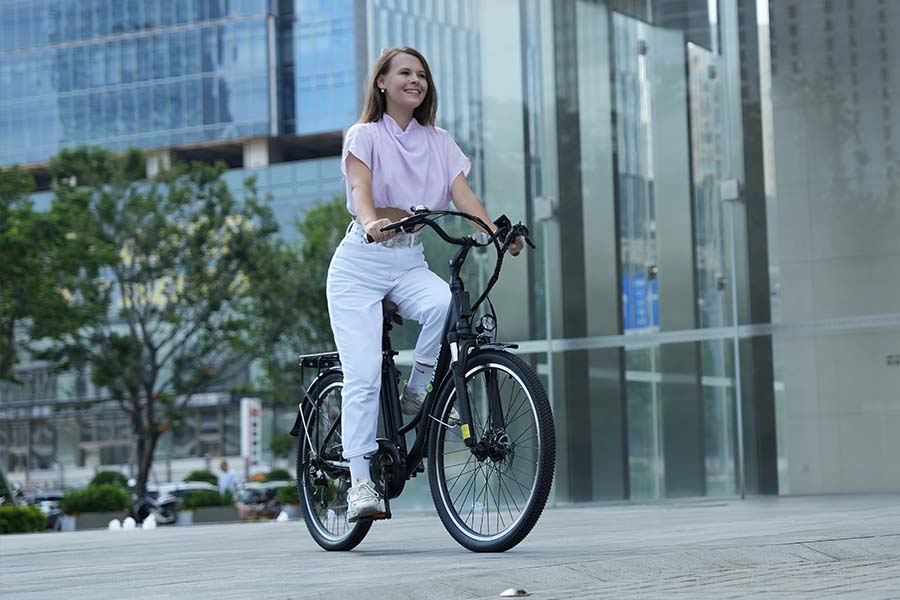

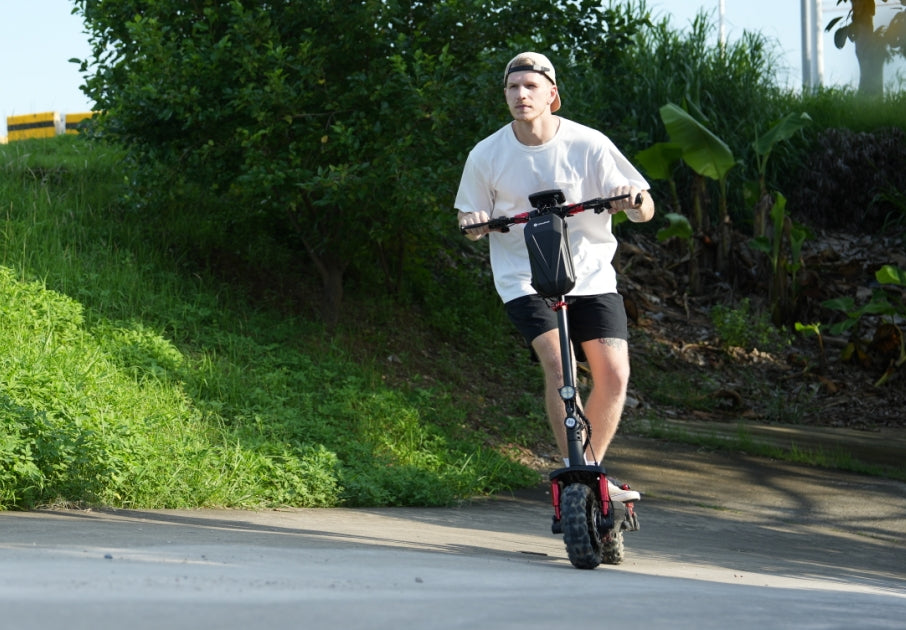



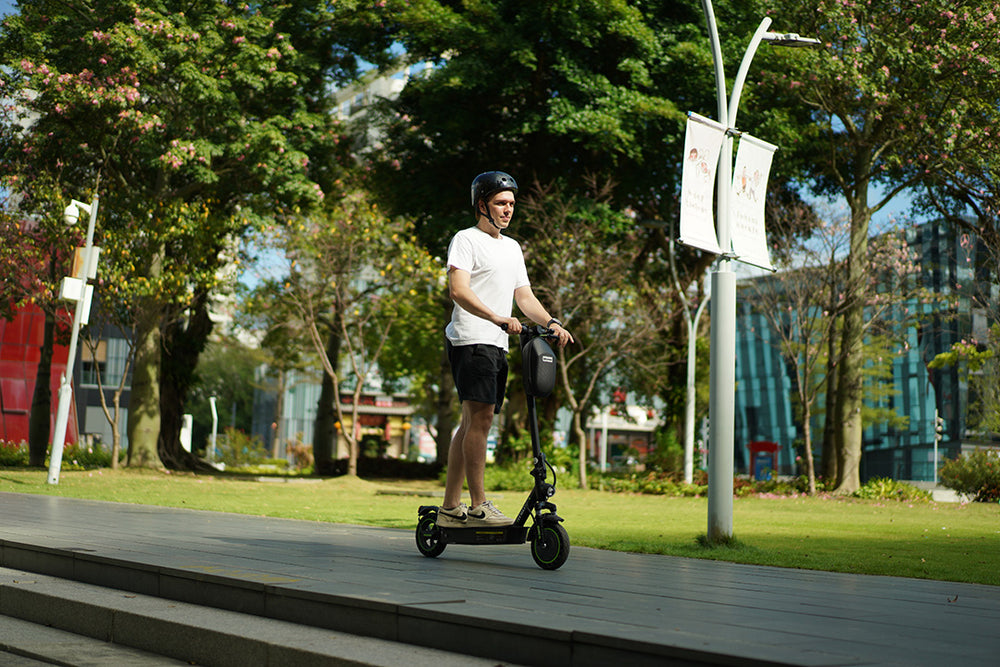
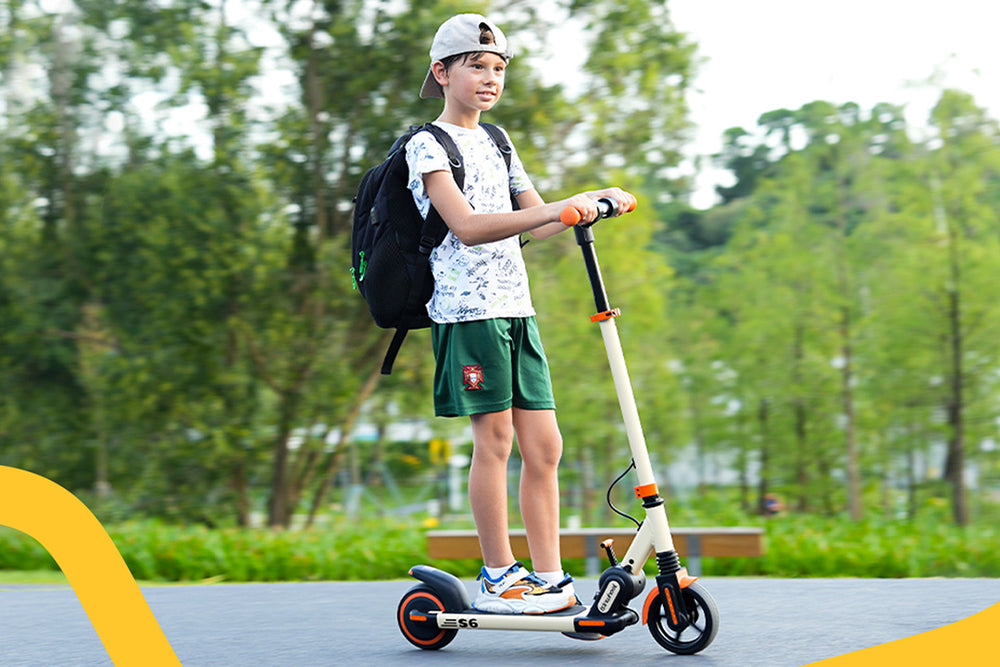
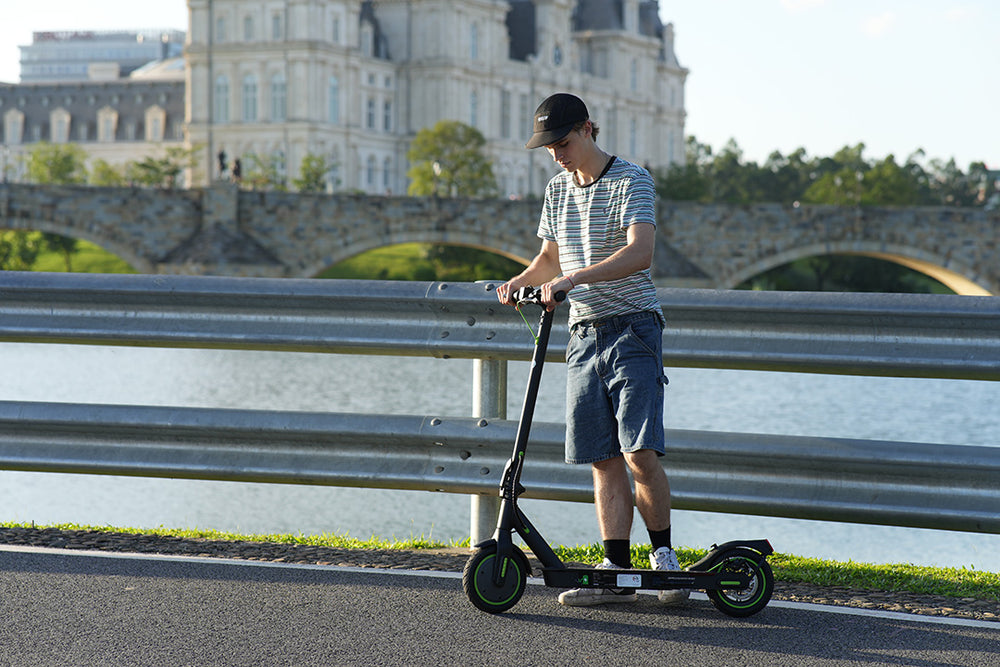
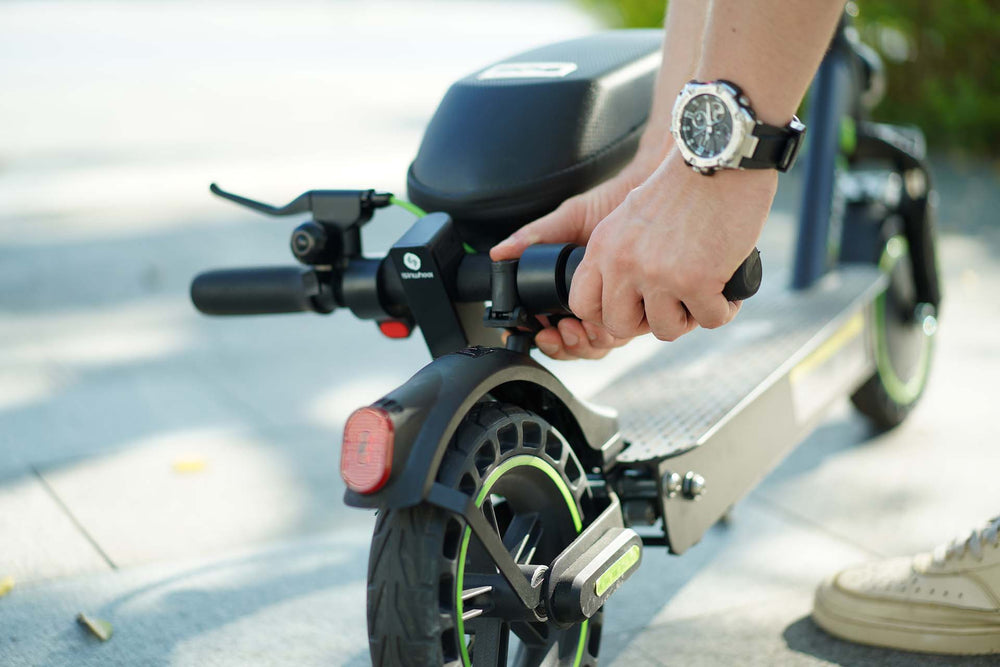
Leave a comment